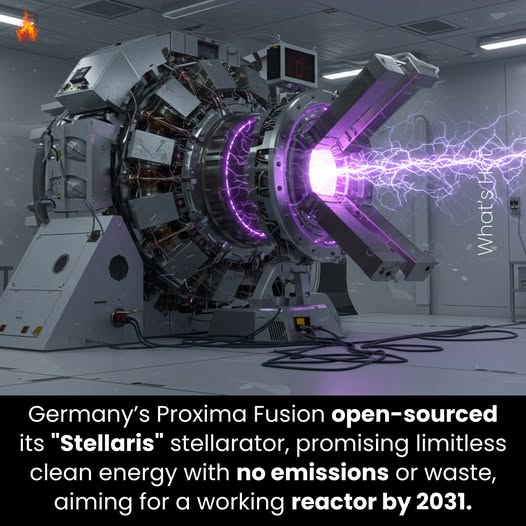
Proxima Fusion, a Munich-based startup, unveiled its “Stellaris” fusion reactor design in 2025, a stellarator that could redefine clean energy. Unlike nuclear fission, which splits atoms and produces radioactive waste, Stellaris fuses atomic nuclei using high-temperature superconducting magnets to generate power without carbon emissions or long-lived waste. Stellarators differ from tokamaks—another fusion approach—by relying solely on external magnets, not plasma currents, for stability. This allows continuous operation, avoiding the disruptions that plague tokamaks, and potentially making fusion more practical. Open-sourced in Fusion Engineering and Design, Stellaris builds on Germany’s Wendelstein 7-X research, aiming for a demo reactor, Alpha, by 2031, and grid power in the 2030s. While it positions Germany as a fusion frontrunner, outpacing competitors like China and Russia hinges on funding, engineering breakthroughs, and global collaboration.
